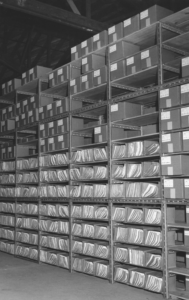It will be recalled (see blog article) that on October 1, the USPTO shut down its PDX relationship with the Japanese Patent Office and migrated the certified-copy traffic from PDX to DAS.
This was a welcome development for practitioners because as compared with PDX, the DAS system offers many benefits:
- it is more secure (protected by authorization codes)
- It permits the practitioner to test ahead of the time of actual need, to make sure that the electronic document will be available when needed
- in the event of a problem with transmittal of an electronic certified copy, it permits the practitioner to troubleshoot and pinpoint the source of any difficulty
As I mentioned in that blog article, the natural next step would be for USPTO to do the same for its PDX relationships with the Chinese patent office (SIPO) and the Korean patent office (KIPO). The natural next step would be for USPTO to migrate its electronic-certified-copy relationships involving China and Korea from PDX to DAS. This would offer the many benefits of DAS to practitioners handling cases connected with China and Korea.
From the technical point of view such a migration ought to be easy and painless. It would only be a matter of turning off the PDX mechanism and the document flow should easily proceed within the existing DAS connections.
Maybe USPTO was holding back a bit on such a migration to see how the Japan migration went. If that was USPTO’s reason for holding back on the China and Korea migrations, then USPTO might as well proceed. Continue reading “Next steps for USPTO and PDX (China and Korea)”

 A week ago
A week ago 
